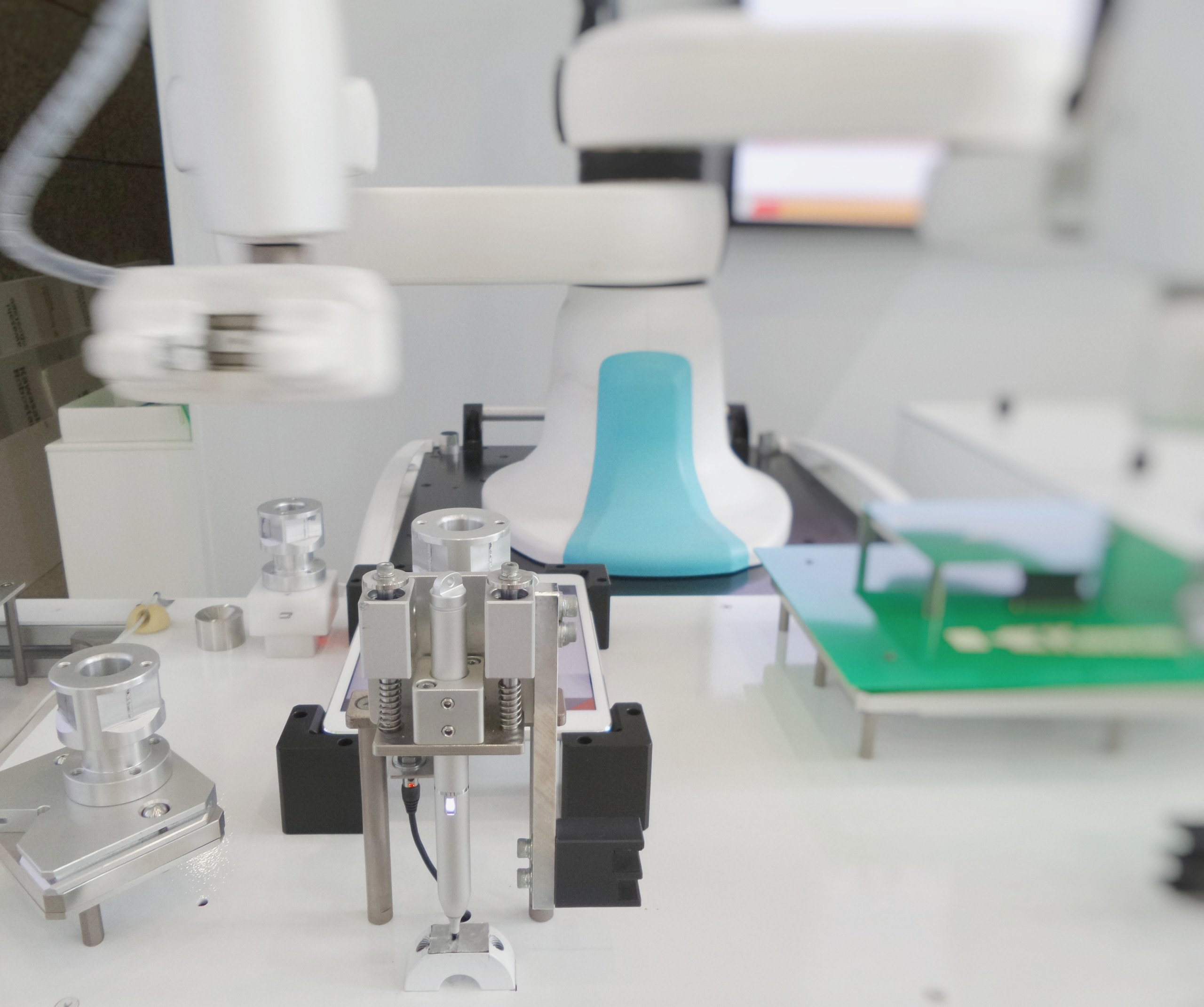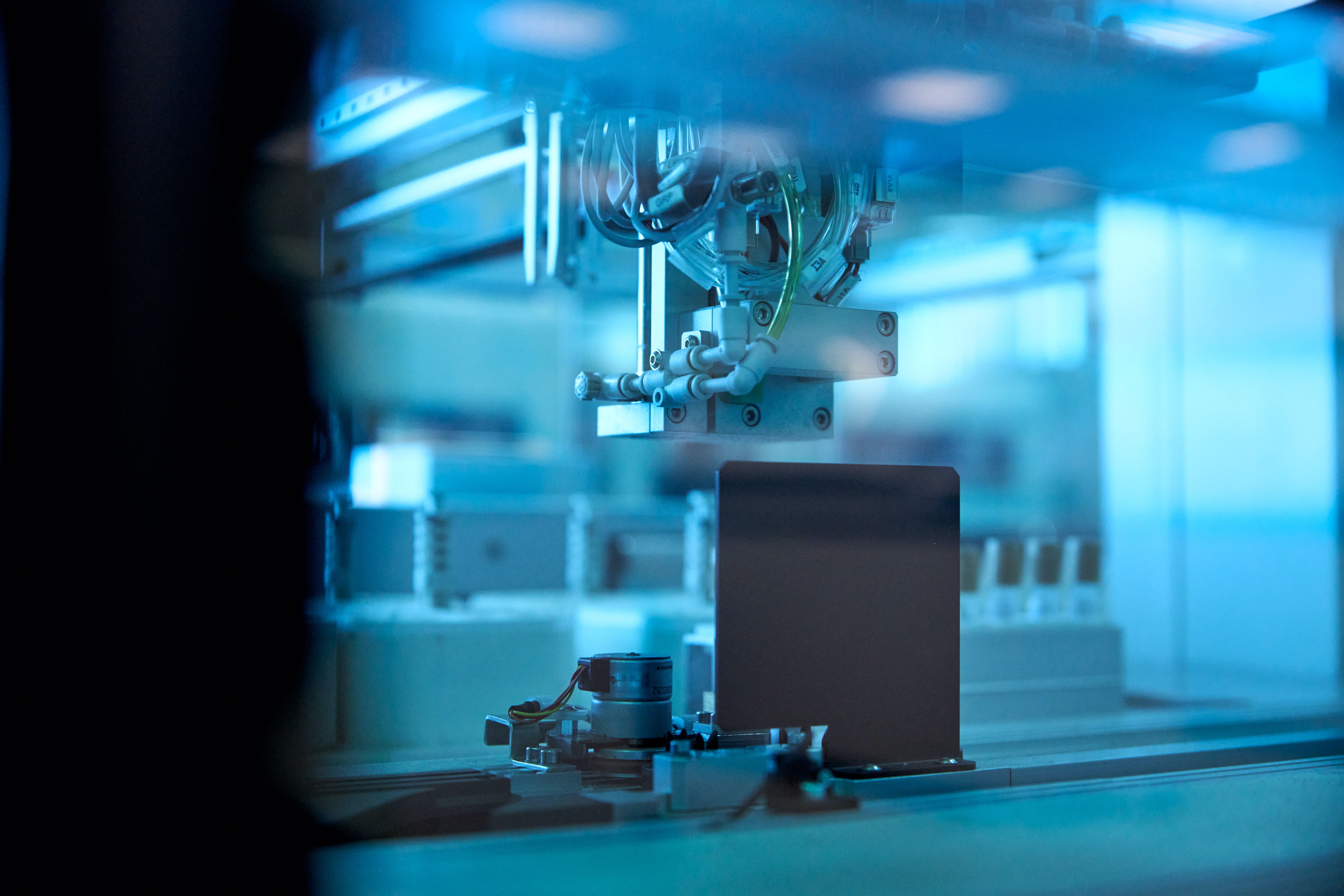 A newly-developed chemical research system has the potential to change the future of drug discovery. The new platform, which uses machine learning (ML) to design artificial intelligence (AI) algorithms and automate molecule production over the cloud without human intervention, was announced at an opportune time: We’re fighting the coronavirus by trying to develop a vaccine in record time. And since we’ve still not seen enough promising success in the search for a vaccine, it might be high time for machines to join us in the quest for a reliable and working vaccine.
A newly-developed chemical research system has the potential to change the future of drug discovery. The new platform, which uses machine learning (ML) to design artificial intelligence (AI) algorithms and automate molecule production over the cloud without human intervention, was announced at an opportune time: We’re fighting the coronavirus by trying to develop a vaccine in record time. And since we’ve still not seen enough promising success in the search for a vaccine, it might be high time for machines to join us in the quest for a reliable and working vaccine.
Because researchers are bound to social distancing, travel, and quarantining restrictions, IBM’s chemical research platform, called RoboRXN, is an excellent alternative to keep productivity up while keeping researchers safe and healthy. Whether or not RoboRXN ultimately helps us find the perfect coronavirus vaccine, the platform is here to stay and will continue to optimize its performance over time, making it an indispensable part of the future of chemical research.
Interactive AI in Chemical Research
For three years before IBM developed the innovative RoboRXN machine learning application, the company used an AI system for predicting chemical reactions. Before that system, chemical synthesis required a lot of human knowledge from extremely specialized chemists that would hypothesize and experiment with different compounds and components to create new chemical products. Because of the highly-specialized nature of the job, chemists with a lot of experience in one field had a difficult time applying their knowledge to another domain. But ML and AI are helping researchers cross these hurdles without extra effort or time investment.

IBM’s 2017 AI was trained on more than 2 million chemical reactions, for which it would find statistical correlations for the inputs and outputs involved in each reaction. It would use this data to map inputs to outputs, growing smarter with every new correlation calculated. Using this AI, IBM developed RXN for Chemistry, a cloud platform for chemical research that predicted the likely outcome of chemical reactions which saved researchers countless years of experimentation and experience.
IBM continued improving this AI by adding support for retrosynthesis in 2019, which is the reverse of chemical synthesis. The algorithms predicted the chemical components and steps needed to reach the desired chemical structure. Of course, to create a more bulletproof platform, IBM was grateful to receive constant feedback from retrosynthesis experts at the University of Pisa. As a result, the RXN for Chemistry platform allows chemists to go through the retrosynthesis routes step by step, with suggestions from the AI at each step, making it almost a “human-AI interaction game,” according to Teodoro Laino, IBM Research Zurich’s manager.
A Recipe for Success
The newest iteration of the platform, RoboRXN, develops a recipe of multiple chemical reactions for each step of the synthesis and retrosynthesis that include specific instructions. For example, each step has different actions for the researcher to take, like stir, add, filter, boil, and more. It gives researchers a meticulous set of directions broken down by each step in the synthesis, that a researcher or automated set-up could follow. At each step of the way, the platform gives a confidence score that can be overridden by a human. A human can also change, remove, add, and edit the steps that RoboRXN predicts.

One of the biggest problems with AI applications is that the logic of the conclusion they reach is notoriously difficult to understand. The application becomes a sort of black box, wherein even the original developers have trouble pinpointing why a certain output was received and what specific part of the algorithm contributed most to it.
And, as even beginner statistics students know, correlation doesn’t imply causation. This sentiment is difficult to program into an algorithm, making many correlational relationships look causal (and vice-versa). Ultimately, this can lead to erroneous and dangerous results. Thus, there is a great need for researchers and scientists to critically analyze the platform’s recommendations, while offering suggestions to improve the platform’s reasoning over time. IBM has acknowledged that they are working on providing more granular explanations of each step.
Integrating with Robotics
In 2018, when IBM presented the RXN for Chemistry platform at the American Chemical Society annual expo in Boston, Laino had an idea about a fully-automated chemistry lab. From this idea, RoboRXN was born. It required more AI models, deployment to the cloud, and integrating commercially-developed, existing hardware.
Laino and his team ran an experiment with RoboRXN during an online presentation, where a user gave a target molecule to RoboRXN. The platform provided suggestions on each step and action, allowing the user to make changes and send the new recipe back to the platform. The platform sent the edited instructions to a robotic research lab, where there was a live camera showing the researchers robots performing each step of the retrosynthesis.
Today, the platform is hardware-agnostic: it can interface with hardware at any robotic lab.
The Pandemic and Beyond
The RoboRXN platform is perfect for the situation in the world today with the pandemic. It’s continued trudging along, with edits and help from researchers and scientists. The platform provides an AI-supervised, remotely-accessible chemical laboratory that takes robotic commands to synthesize or retrosynthesize chemical compounds.
The RoboRXN platform will keep improving its output, explanations, and confidence levels. As the research team grows, the platform may even start to learn the difference between correlation and causation. And, most importantly, the platform is available publicly for research teams to tweak and improve as they see fit, which will speed up drug discovery across the world.





